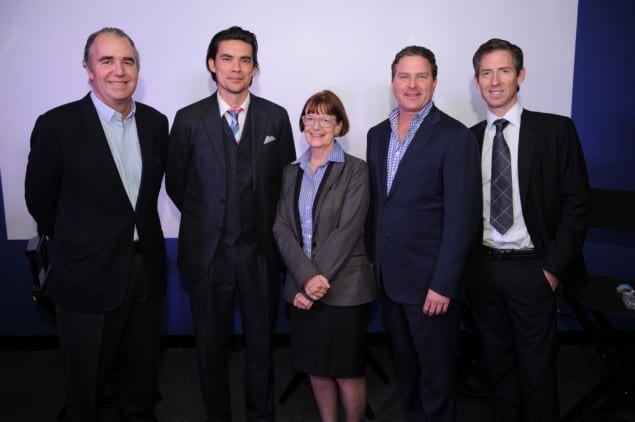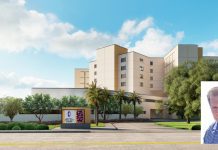
During their residency, the winning inventors will develop their technology in sight of visitors, provide interactive daily logs for viewing and convey information about their progress through a dedicated “knowledge liaison” intern who will interact directly with the public.
“I’ve always been excited by science and technology, but as I became more involved with the Science Museum I realized what I wanted to do was bring the practice of science and the practice of engineering inside the four walls of the museum so that visitors aren’t just learning about what’s happened outside the museum; they’re seeing innovation right there inside,” said Caplow, co-founder of Caplow Applied Science and creator of CappSci, a nonprofit applied science company.
Submissions of prototype inventions from all over the world are now being accepted, with two prizes being offered in 2015: one for the best invention to restore coral reefs and another for the best invention to detect and reduce carcinogen exposure. Caplow, whose Science Barge has been making headlines since 2007, says that while he’s unsure of where the solution will come from regarding coral reef restoration, he believes the key to carcinogen detection exists already in everyone’s pockets.
“We’ve already seen in our humanitarian work around the world how cell phones are being used for diagnosing disease, detecting pathogens and for giving medical advice over long distances,” he said. “We thought, ‘How can people find substances in their environment that are toxic using their phones?’ The most obvious place to start is carcinogens, because that’s something people worry about the most, but we think there will be application to other toxins as well.”
In 2016, the museum will move from its current location where it has resided since 1960 to new state-of-the-art facility currently under construction in Downtown Miami. Designed by London-based Grimshaw Architects, the new museum will center around an indoor and outdoor Living Core Aquarium of terrestrial and aquatic environments, housing a 500 thousand gallon salt water Gulf Stream tank, and feature an ultramodern full dome Planetarium, the Knight Learning Center, Innovation Center and Café, and an Exploration Center featuring the permanent interactive exhibits “Feathers to the Stars” and “The River of Grass.”
“Innovation is one of the key strands in what we’re trying to achieve, so we’ve got a whole range of things that revolve around science’s impact on people and how technology, through innovation, can really enhance prosperity,” said Frost Science president and CEO Gillian Thomas, who has overseen museum operation since 2003. “Miami has these global ambitions to be this sort of global tech hub and we think the Science Museum has a real role to play in inspiring young people and in being a meeting place for people and resources.”
Following the press conference which effectively kicked off the museum’s four-day “Innovation & Engineering Weekend,” guests were invited to witness and take part in a panel discussion moderated by Radical Partners CEO Rebecca Fishman Lipsey. Featured panelists included University of Miami marine biology associate professor Dr. Andrew Baker, medical entrepreneur and Mako Surgical founder Dr. Maurice R. Ferré, and South Miami Hospital gynecological oncologist and robotic surgeon Dr. Nicholas C. Lambrou.
“Innovation really arises when threat meets intellect and I think this is a particularly exciting time now because Miami does have some serious problems to face,” said Dr. Baker. “At the same time, it’s managing to create a lot of buzz and excitement in various fields and we need to make the environment right for these kinds of discoveries to be made, to encourage people to think out of the box for solutions that will help us in the next few decades. Miami’s really ground zero—to use an overused metaphor—for that challenge. If we can’t meet that challenge here, where else are we going to meet it?”
For more information, visit <www.cappsci.org> and <www.miamisci.org>.






